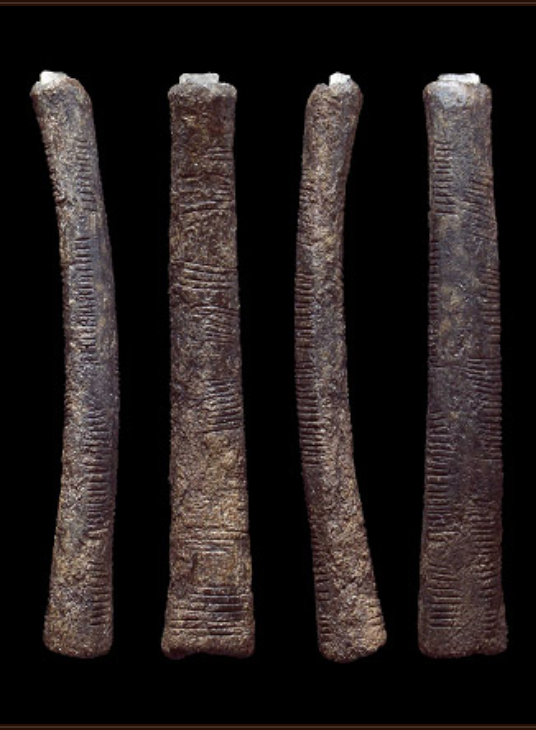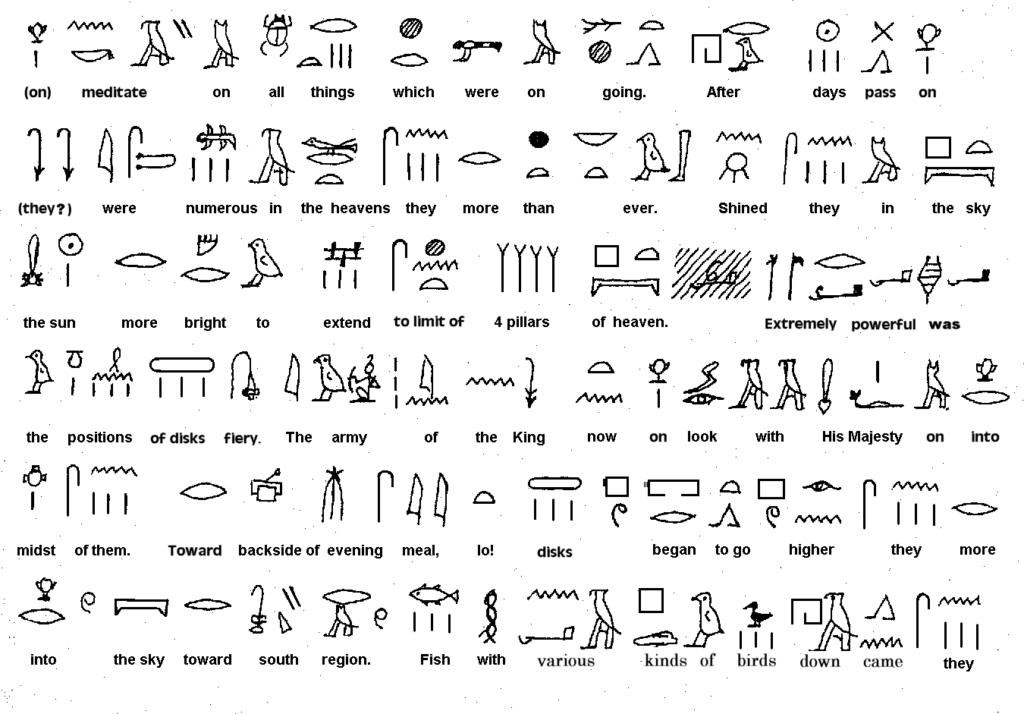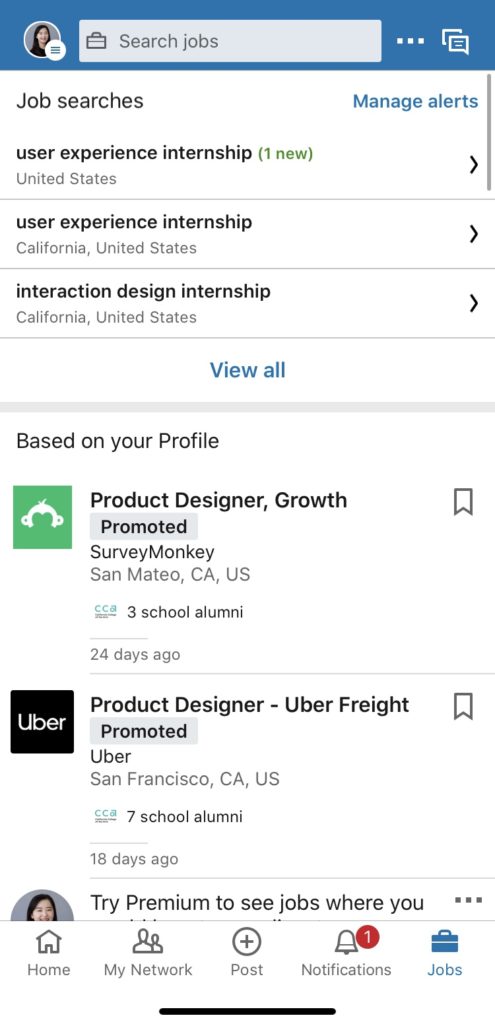I always think about how our ancestors count. Early humans used bones as counting tools. These bones probably are the earliest evidence to show how human beings use lines to count.

Image from https://mathtimeline.weebly.com/early-human-counting-tools.html
Been known as one of the earliest human beings invented symbol, The Egyptians used the combination of the fence and a group of three vertical lines to show the word ’Extend’. Take a look at the translation here. Three vertical lines also appear in words that represent ’a lot’, such as ’things’, ’numerous’, and ’they’.

When I look at Linkedin App, the three lines combo of the hamburger menu icon reminds me that there might be some connections between the lines and icon. The way of rank with all equal lightweight lines are the best way to show and extend the hidden content.


Hi Hermoine,
I also reflected upon the kebab icon in my blog post, so I found it very interesting to read your own thoughts! In particular, it is fascinating to see the similarities in visual form between particular Egyptian hieroglyphs and modern icons, and as you point out, some similarity in meaning as well. Expanding on your post, I think it would be interesting to consider the reasoning and/or evolution of designating this particular iconographic form to the function of “menu”. I can understand the commonality between the kebab icon and the usage of “…” to indicate a pause or trailing off in one’s spoken communication, and a sort of transition into a next, related sentence, however, it can also be found in the vertical-orientation, which would counter my initial argument!
Thank you for sharing!
Inspiring thoughts! It reminds me that the number three also means “a lot” in Chinese ancient culture. For examples, “木” means “a tree” and”森” means “a forest”. “人” means “one person” and then “众” means “many people”. The special meaning given to the number three by many traditional cultures may all be traced back to ancient times.
This is really a interesting thought! i like how you didn’t get trap on only ‘icons’
It’s cool to see how throughout history small lines in close proximity have consistently been used to convey ‘multiple items,’ and now the meaning for the menu icon has kind of shifted to connote the idea of ‘multiple options.’
Interesting analysis. The hamburger menu often means “here are the rest of the things we have but can’t fit on the page” I would tend to agree with your thinking here.
it is interesting how anicent people use the combination of lines and shape to express the meaning “extend”. I guess the modern hamburger button is also related to “things” icon in the Egyptian hieroglyphics because the hamburger menu usually involves the primary categories of the “things”. Also, the “things” icon in the past also has 3 horizontal bars.